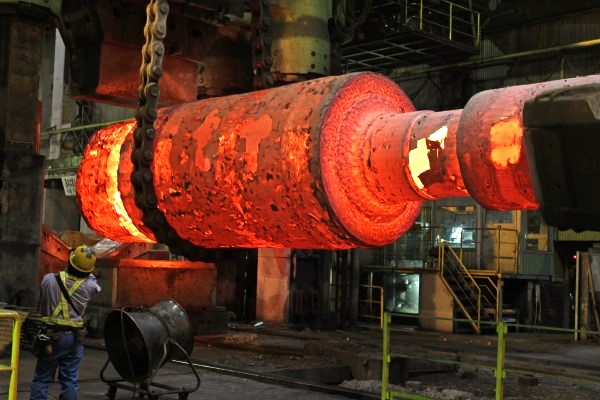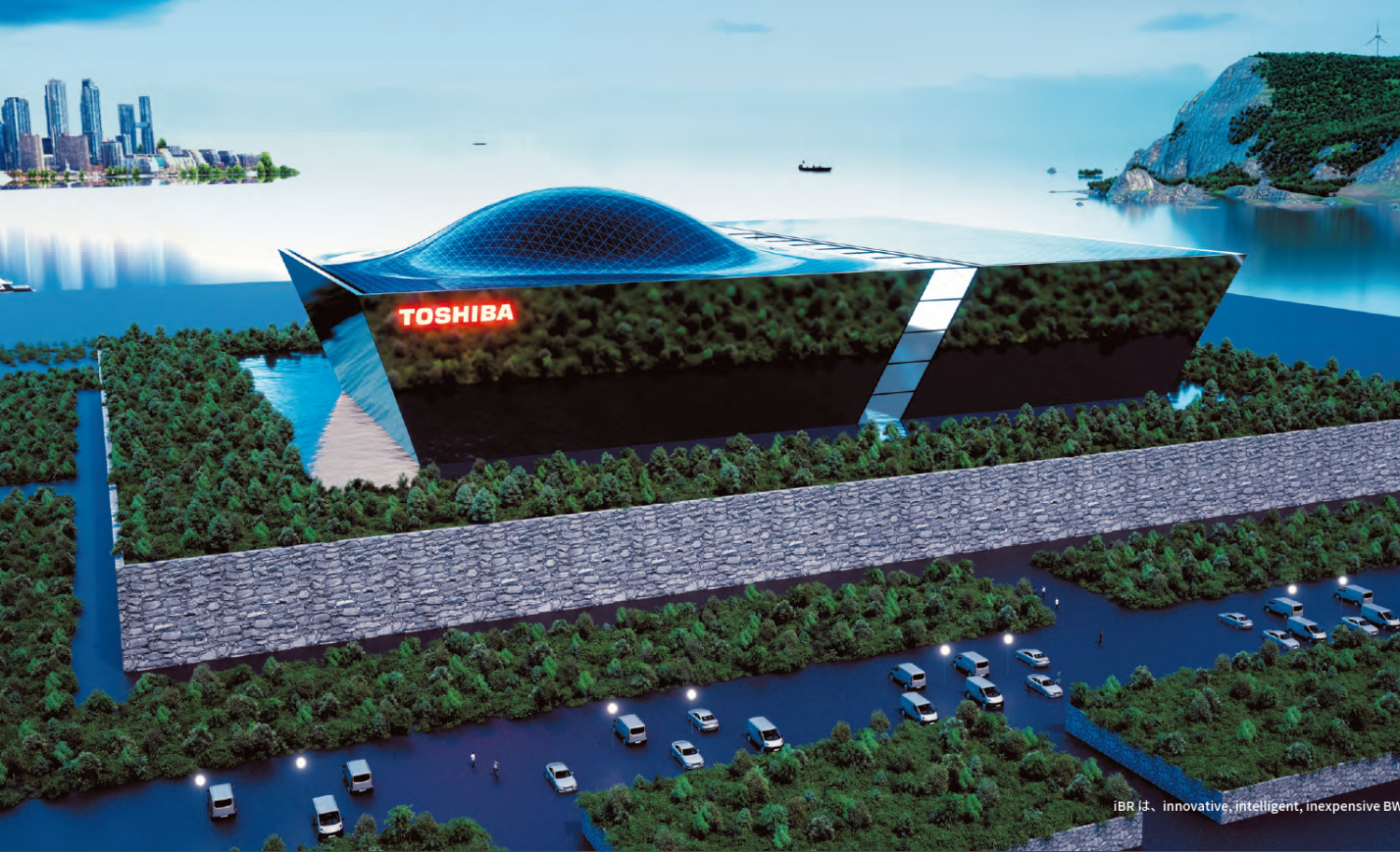On November 20, Japan’s Hitachi, Ltd. announced that it had reached an agreement with the Mayo Clinic, in principle, to build North America’s first carbon ion treatment facility. The system will be constructed at the Mayo Clinic’s campus in Jacksonville, Florida, one of its three oncology centers, the others being in Minnesota and Arizona.
Upon the announcement, Gianrico Farrugia, M.D., president and CEO of the Mayo Clinic, said, “Carbon ion therapy has tremendous potential as a tool for treating patients with challenging cancers that do not respond well to currently available therapies.”
Keiji Kojima, executive vice president of Hitachi and in charge of its Smart Life Sector of Hitachi, expressed the firm’s desire to promote the system internationally, saying, “We are confident through our carbon experience, digital technology and the existing partnership with Mayo Clinic that we will continue to contribute to cancer treatment and increase our customer’s social value in the United States and across the globe.”
Domestically, Hitachi delivered the carbon ion treatment system to the Osaka Heavy Ion Therapy Center (HyBEAT) in 2018. Its first international order for the system came the same year, from the Taiwan Veterans General Hospital in Taipei.
Clinical tests of the carbon ion therapy system began in 1994 at the National Institute for Quantum and Radiological Science and Technology’s (QST’s) Heavy Ion Medical Accelerator in Chiba (HIMAC)—the pioneering device for charged-particle cancer therapy—as the world’s first specialized facility.
Subsequently, treatments have been carried out at the aforementioned HyBEAT in Osaka, as well as at Gunma University, the Kanagawa Cancer Center, the Hyogo Ion Beam Medical Center, and the Saga Heavy Ion Medical Accelerator in Tosu, Saga Prefecture, on the island of Kyushu.
According to a report presented by the QST in October to the Japan Atomic Energy Commission (JAEC), carbon ion therapy facilities are being increasingly provided primarily to other Asian countries by Hitachi and Toshiba Corporation, along with the Chinese Academy of Sciences’ Institute of Modern Physics. In South Korea, too, Toshiba’s system is expected to be put into service in 2022.











